As the temperatures begin to drop there is one final and important step in the gardening season every gardener should take and that is preparing your garden for winter.
It is your chance to get a head start on the next season and plan for any changes you may want to make the following spring.
This post contains affiliate links for which we may be compensated if a purchase is made through the links provided at no extra cost to you. For more information, please read our affiliate disclosure.
The Final Harvest Of The Year
As the cold weather of winter approaches it is important to wrap up the final harvest in the garden. Though many vegetables can tolerate some cool weather leaving everything to the final week will make for a lot of work!
If you make use of cold frames in your garden, cold-hardy lettuces such as spinach, corn mache, and most other lettuces for that matter, can be grown and stored into the early winter months to help extend the growing season. A great resource for this style of winter gardening is Niki Jabbour's Year-Round Vegetable Gardening available on Amazon.
Harvest all warm-weather crops in the weeks leading up to the first frost of the year. It is a good idea to start harvesting the cold weather crops before the first frost as well, depending on the forecast and the size of your harvest. If the nights are cool but the days will be warm you can partially harvest any remaining vegetables, allowing some cool weather to finish those crops. If temperatures look to drop sharply, harvest any remaining vegetables and herbs from the garden to prevent them from spoiling, or leave them on the plant to mature as long as possible to save seeds for the following year.
Harvest any remaining produce you wish to eat or preserve such as cucumbers, peas, tomatoes and beans. Green tomatoes can be fried, turned into green tomato chow chow, or even green tomato salsa! Any remaining herbs can be dried and stored for use in the coming winter months. Root vegetables should be dug up and stored in a dry cool pantry or cellar, though many vegetables like kale, parsnips, brussels sprouts, beets, and carrots often taste better once touched by a light frost. Gourds and squashes should be harvested and left to cure in a cool dry location. Plan on harvesting everything before the ground freezes solid though.
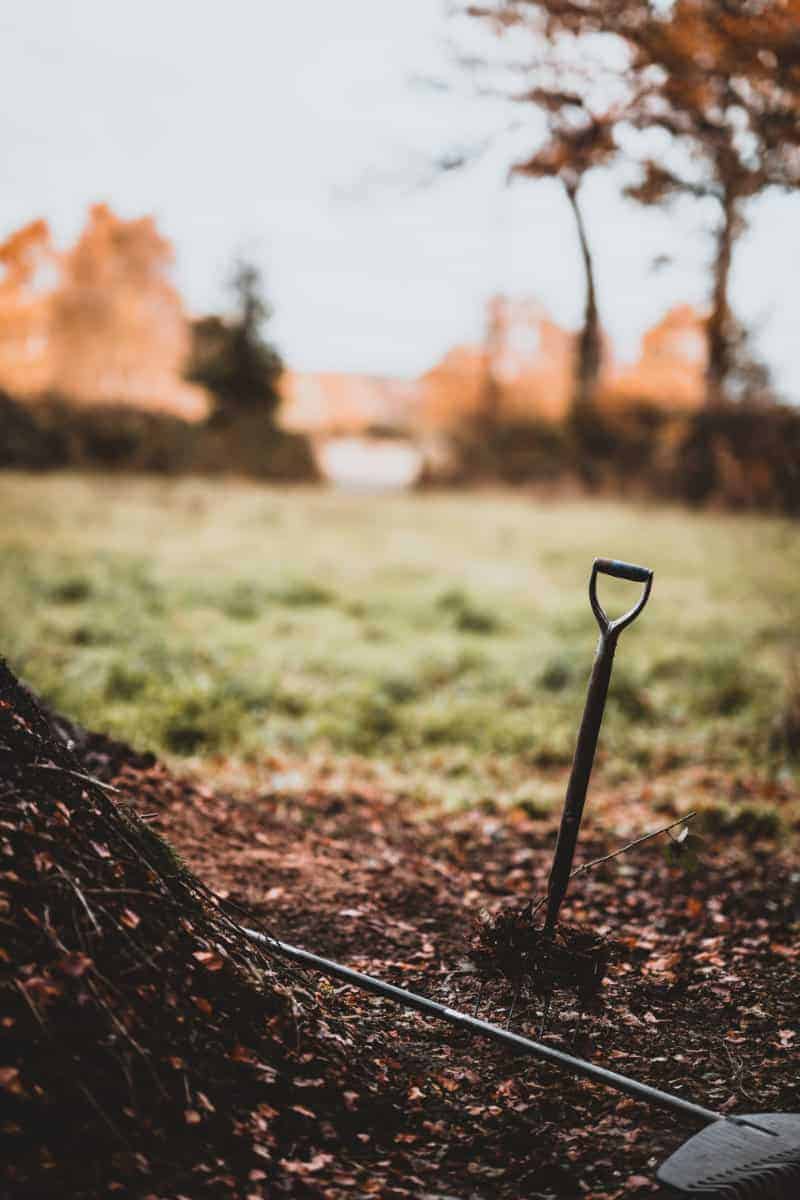
The Final Cut Of The Season
If you have not already, do the final grass cutting of the year. We like to rise the mower deck to leave the grass fairly tall, about 1 ½ inches. It is better to leave it a bit taller for winter.
Add excess grass clippings to your compost pile or directly placed in the garden. If the clippings are full of seed heads though, keep in mind these may sprout come spring, requiring extra weeding, especially in vegetable garden plots They are a wonderful nitrogen-rich organic material you can add to your compost bins though!
If you fertilize your lawn, now is a great time to give it a low nitrogen, high phosphorus & potassium mix which will encourage root growth. It's also a good time of year to perform a soil test in your garden beds as well to detect overly acidic soil, nutrient deficiencies, or other issues that may prevent a successful harvest.
To naturally increase the organic matter in your garden beds, consider planting quick-growing cover crops such as alfalfa, radishes, or clovers. These are not harvested but are tilled into the garden and are planted to help regulate nutrient levels in soil, prevent soil erosion, and return vital nutrients and organic matter to the soil.
Using Fallen Leaves In The Garden
Take advantage of any fallen leaves in the area. They are a carbon-rich material and are very beneficial to use in compost. If you do not have a dedicated compost pile add them directly to the garden. They can be tilled into the garden soil in the spring.
After a few seasons of adding leaves to your garden, you will start to notice the incredible benefits they bring. The organic matter added to the soil helps it become more nutrient-rich and it improves overall soil health. The texture of the soil will become looser, darker, and will hold moisture better the more organic-rich it becomes.
Fallen leaves can also be used as a thick layer of mulch on delicate perennials or roses. I've even used them to cover my garlic beds and strawberry plants!
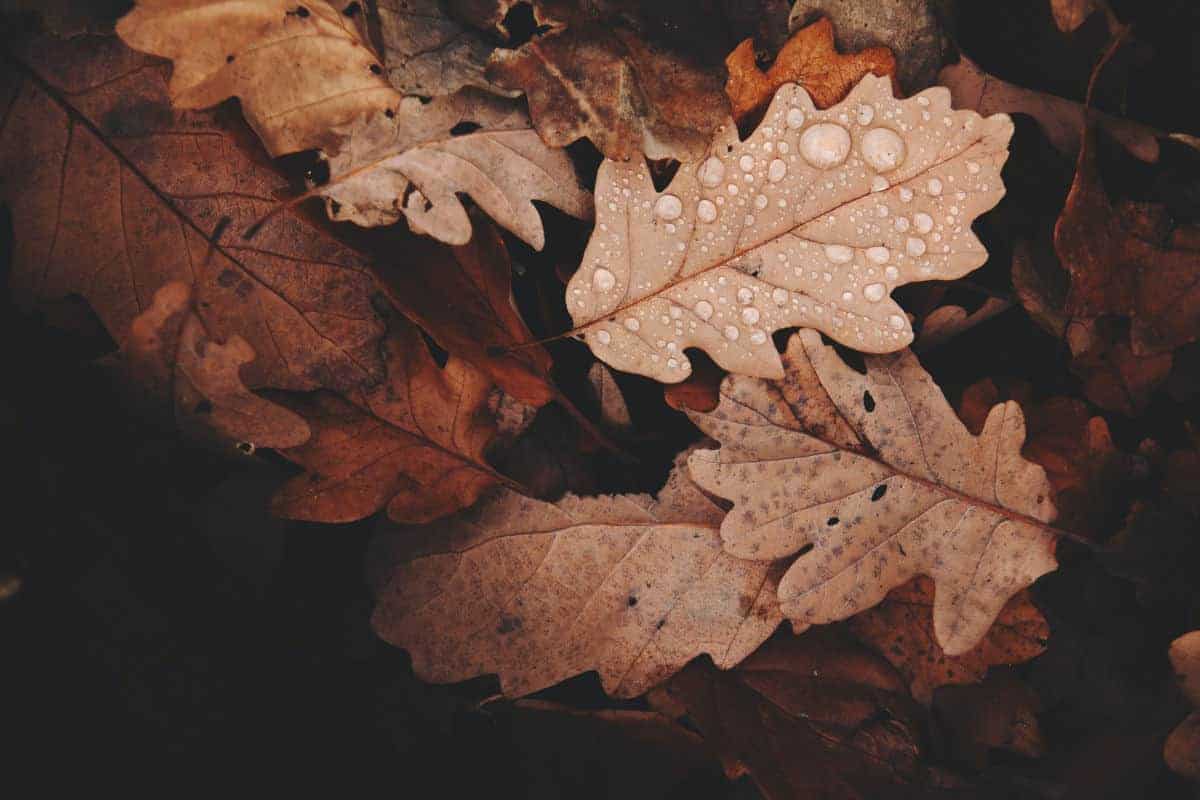
Getting Perennials Ready For Winter
Depending on the types of perennial plants in your garden you may trim some down for winter. It is good to leave some of the taller perennial stocks to dry and remain in the garden beds over winter. It is a great place for the birds that overwinter in your area to perch on while visiting your winter garden. It also helps hold snow which is an important insulator for perennial bulbs and can also help prevent soil erosion. This is especially important in cold climates and gardening zones.
If the plant has died off substantially you should be able to easily remove the stems just by pulling on them. Go ahead and remove all dry stems that come away easily in late fall. If you have a hard time removing the stems it is advisable to leave them on the plant to die back fully. As the plant above ground dies it is directing energy back into the bulbs and root systems underground. This allows the plant to survive the winter season and grow back again next spring.
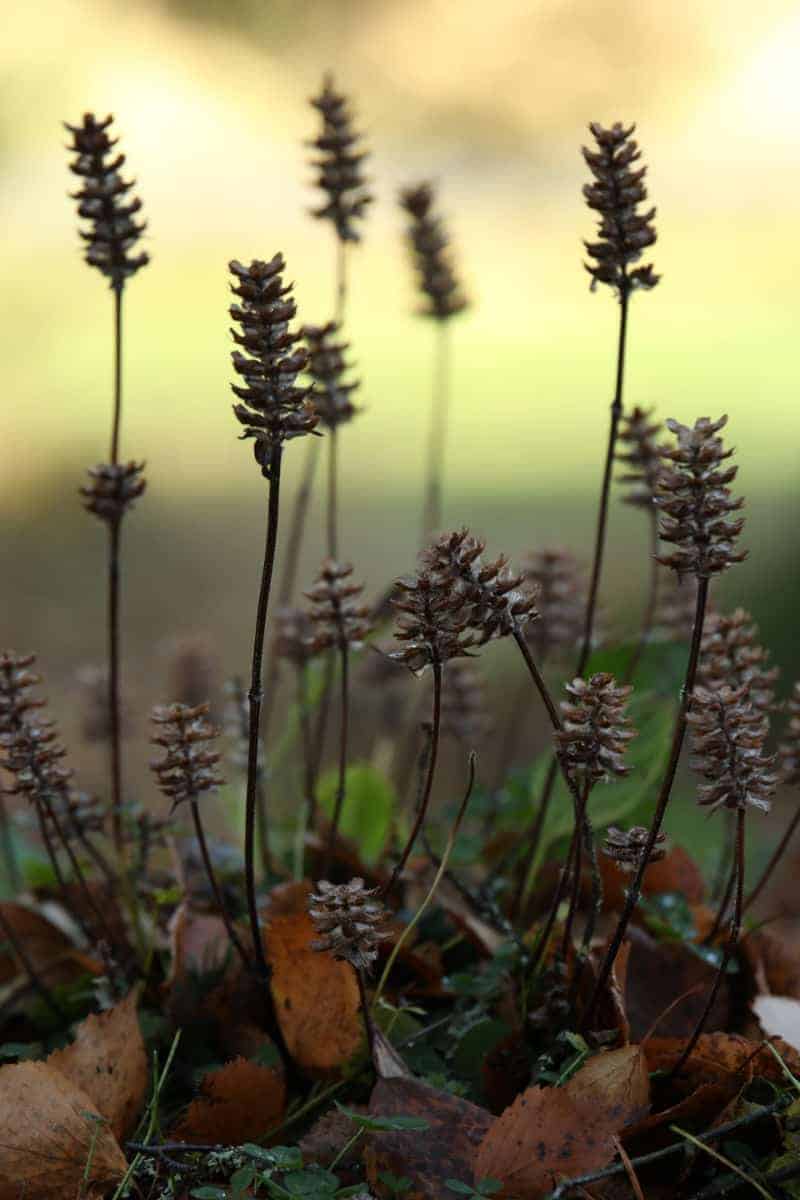
While it may be tempting to use the dead plants in your homemade compost, avoid adding any diseased plants to your compost pile to prevent spreading diseases in your garden which could affect next year's crops.
Sunflowers In The Garden
If you have sunflowers leave a few to dry out and remain in the garden through winter. Once the heads are dry they become a food source for birds in the fall and early winter. The seeds will drop and sprout in the spring so selecting a spot where they can come back year after year is a great idea.
You can also remove the heads from the sunflowers, allow them to dry and place them around your yard for the birds to enjoy.
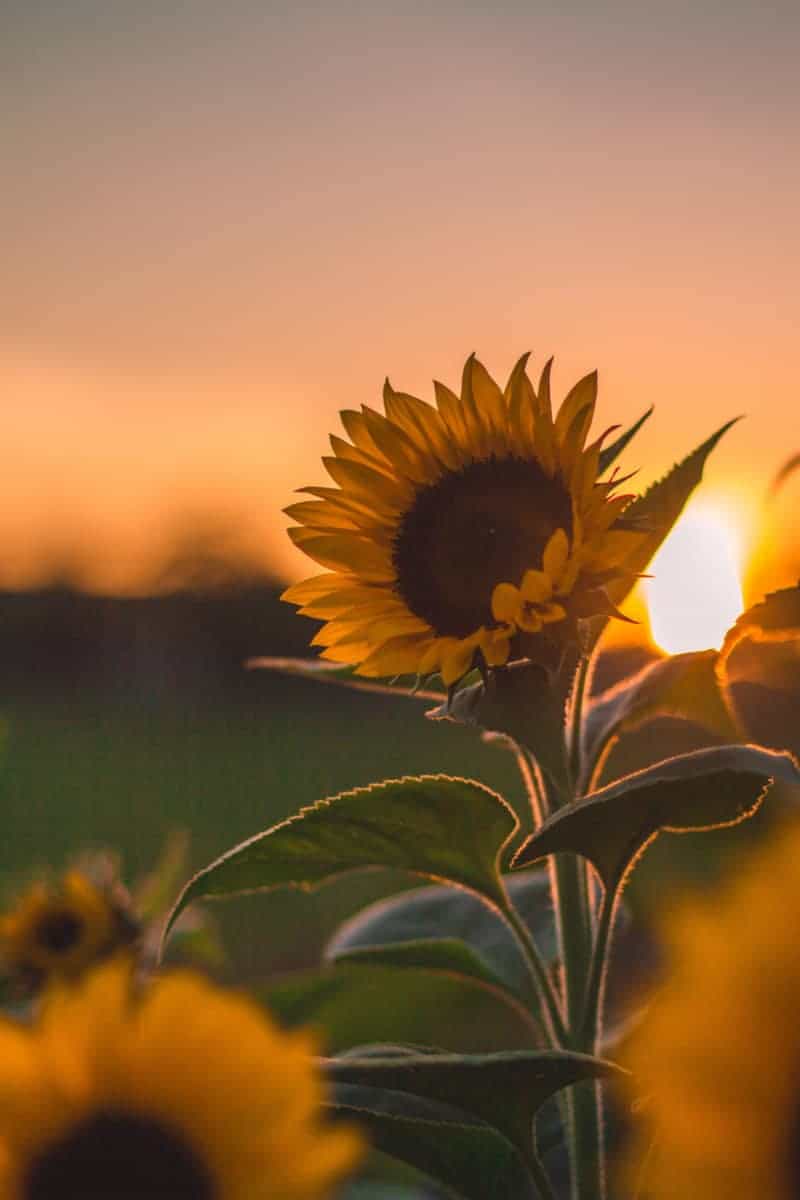
Shrubs and Evergreens Care of Winter
Sun-sensitive evergreen shrubs such as Dwarf Alberta Spruce should be wrapped with burlap for protection against winter burn and sun scald. Wrap tender shrubs close to a roadway that may be treated with salt during winter. This helps protect them from roadway contaminants. Protecting shrubs with burlap can also help prevent branches from breaking due to heavy snow loads or snow clearing equipment. Plan ahead to minimize any winter damage!
Tools and Container Care
All containers used for planting should be cleaned before being put away. It prevents any possible soil-born disease carrying over to next years plants. It makes for an easy start in the spring if everything is clean and ready to go. Use a household dish soap and a touch of bleach in the washing water. Allow them to dry fully before storing. Move any terra cotta containers to a warmer spot such as a heated garage or house. They will break in freezing cold temperatures, especially if the soil is left in the pots.
All garden tools should be cleaned as well. Shovels and hoes can be sharpened using a grinder at the end of the season if desired.
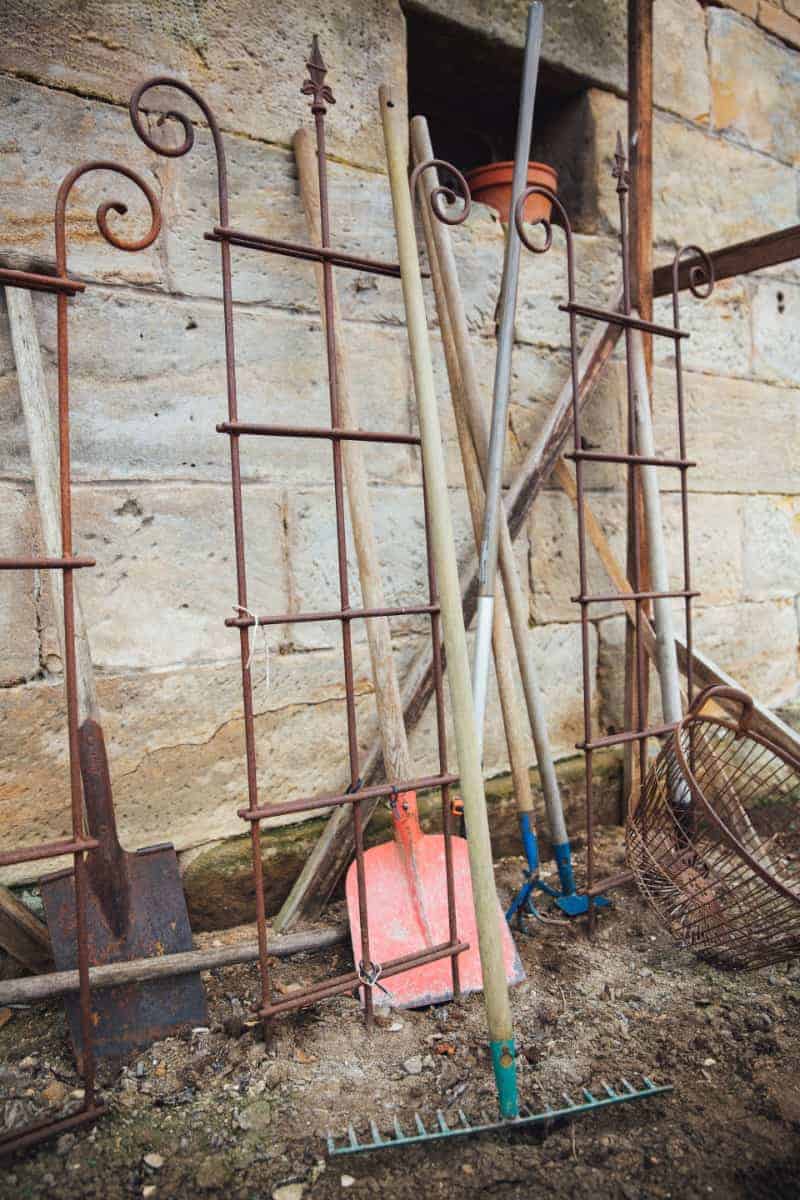
Bird Feeders In The Garden
Wash all hummingbird feeders in hot soapy water before storing them away. Fill any existing outdoor feeders with fresh birdseed. You can also buy suet for birds, there are some beautiful feeders available that provide great visual appeal in winter!
Repurpose Outdoor Planters For Winter
Plan ahead for the festive season and select your nicest outdoor planters to be turned into seasonal displays for holidays like Thanksgiving, Halloween, and Christmas.
You can find twigs and branches around the garden to use as accents in planters.
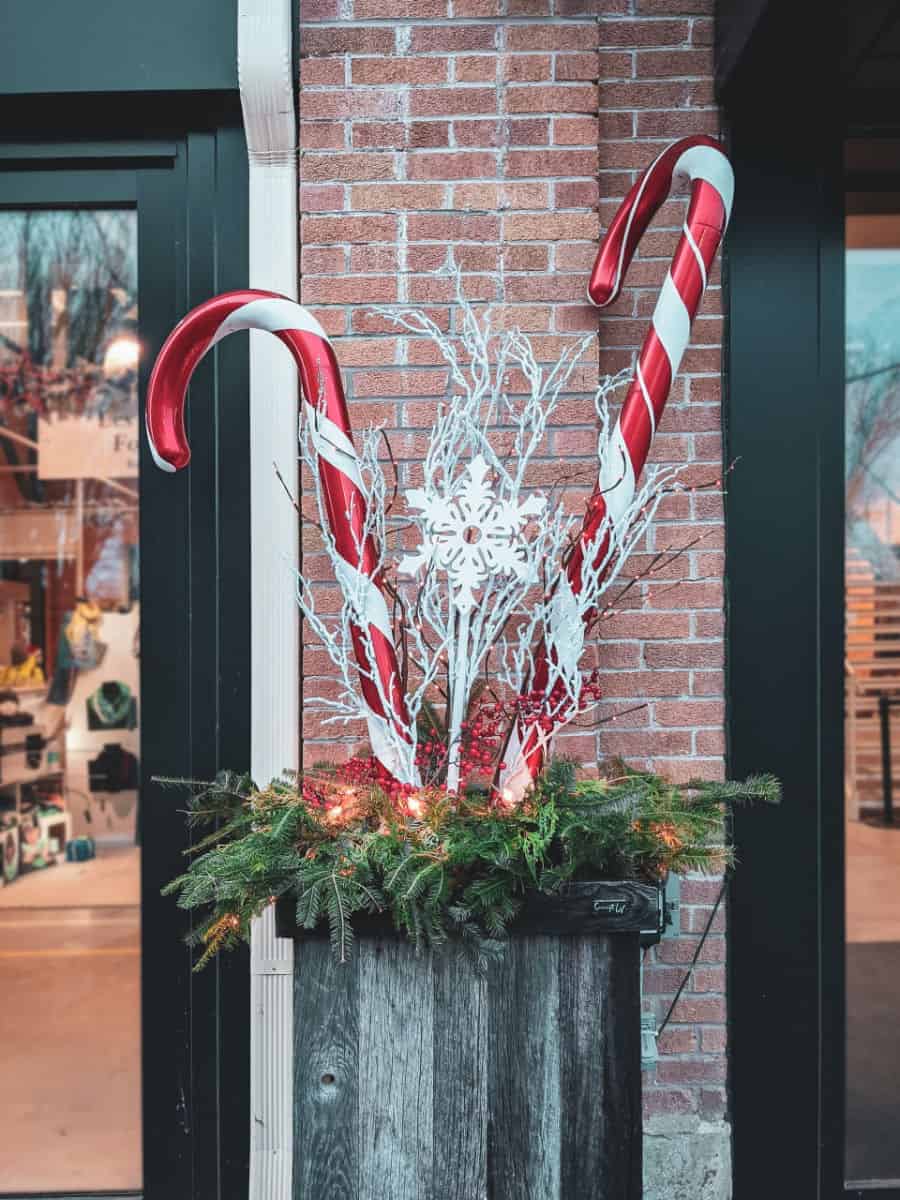
Focus On Houseplants
With the temperatures cooling it is time to focus on the plants we have inside our homes. As the daylight hours are reduced cut back on fertilizing house plants and reduce the amount of water they receive.
If you have a Christmas Cactus try and trigger it for more blooms. Place it someplace cool and if possible try and put it in the dark for 12 hours a night. This signals the plant to start flowering. Two weeks of giving it 12 hours of light and 12 hours of dark will give you an abundance of flowers heading into the winter season.
Did you find this guide useful?? Comment & Rate it below, then tag me on Facebook. For more DIY gardening tips & homecoming from scratch recipes follow me on Facebook & Pinterest

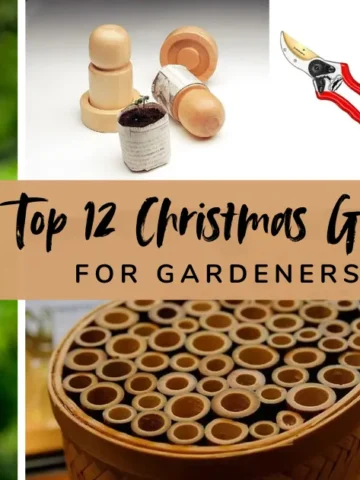
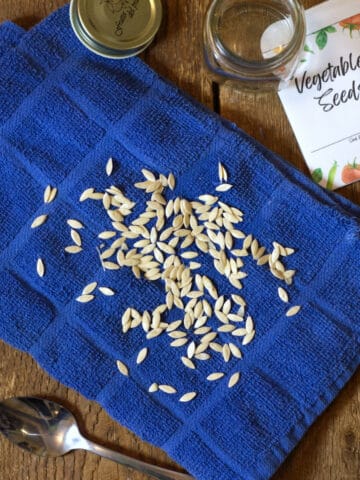
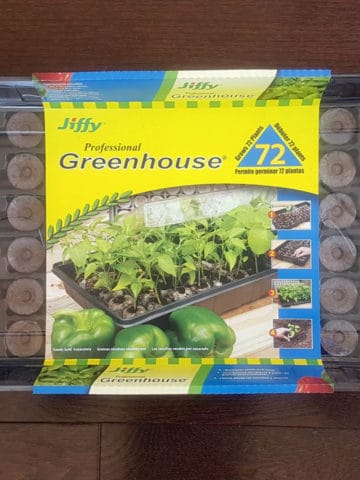
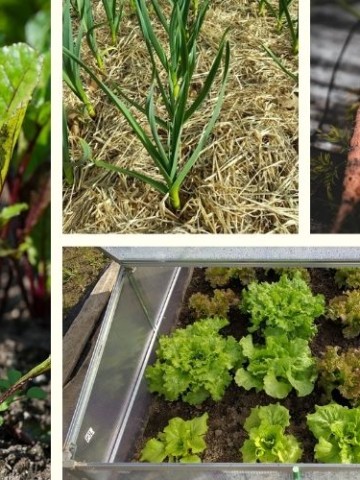
Comments
No Comments